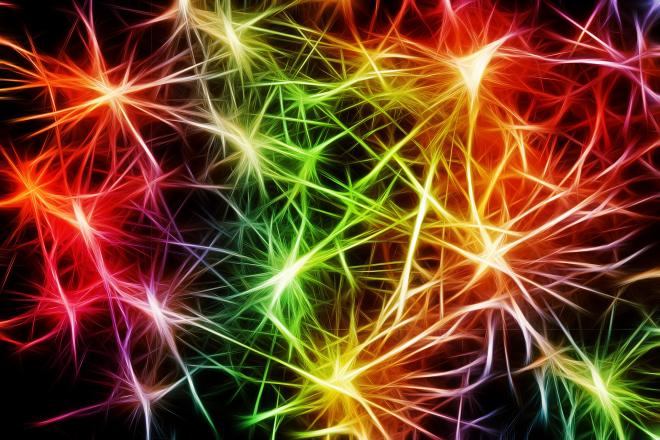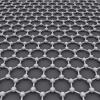Fractal analysis of brain signals for autism spectrum disorder
The Challenge:
To create a biomarker for autism spectrum disorder by applying fractal analysis to EEG brain signals.
NeSI’s Solution:
High performance computing power harnessed to apply calculations to millions of EEG data points.
The Impact:
A better way to diagnose autism, cutting down on incorrect diagnoses and reducing the financial cost on families and society.
One of the most difficult aspects of autism spectrum disorder (ASD) is that no two people who have ASD experience it in exactly the same way. ASD is a spectrum that includes many mental health conditions, such as autism, Asperger’s syndrome and other, non-classified developmental disorders.
According to New Zealand's Ministry of Health, the most common and well-known form of ASD – autism – affects one out of every 100 New Zealanders. Those with ASD may have difficulties with communication and social interaction, as well as a tendency towards repetitive behaviours and interests.
It’s because of the high variability of symptoms that ASD is so difficult to diagnose. Now, clinical psychologist Stephen Wolfson from the University of Auckland is using NeSI supercomputing to develop a biomarker in brain activity to detect ASD.
“I have 20 years of clinical experience. I have had a lot of experience working with autism directly. One of the largest problems with autism is it’s very difficult to diagnose,” Wolfson says.
Clinicians who diagnose ASD rely on two important documents: The Diagnostic and Statistical Manual of Mental Disorders and the International Classification of Diseases. Both diagnose ASD by behavioural symptoms. Because ASD has so much variation, this can lead to ASD patients left undiagnosed, or patients with other conditions misdiagnosed with ASD.
“It’s an observation by a trained clinician along with information from family, peers and teachers. It uses subjective behavioural information. It is therefore subjective, error-prone and potentially inaccurate.”
It’s because of this inaccuracy that Wolfson wants to develop a way to detect autism through electroencephalogram (EEG) brain signals. By analysing the brain during three different states – at rest, while playing a card sorting game and while recognising faces – Wolfson hopes to find differences in EEG signals between those with ASD and those without.
“Under cognitive load in an area that is distinguished by people on the autism spectrum not functioning as well, we may be able to detect a reduction in the fractal dimension of that EEG. Complex dynamic systems like the functioning of the human brain are impossible to model using traditional mathematics. Therefore, we rely on chaos theory mathematics including fractal analysis.”
EEG signals are complex and can vary widely between individuals at different times and while performing different tasks.
By applying fractal analysis, Wolfson can measure how the complexity of the signal changes under stress. Healthy living systems - like the heart and brain - produce more complex signals, which can be measured and compared to more atypical ones.
However, chaos theory and the fractal analysis needed for this experiment require vast amounts of computing power – potentially taking weeks or months. Wolfson estimates one calculation of one patient requires over one Terabyte of RAM. This is why NeSI’s participation was so important.
“NeSI’s participation in our project is essential. It allows us to have a more robust computational capacity. These algorithms that provide this fractal measure do vast amounts of calculation. They have to measure very tiny distances between different values given by the EEG recordings and apply mathematical manipulations on those measurements. Those calculations require a lot of RAM and computational power. It’s really only possible to do these calculations on large data sets using a cluster computer.”
Wolfson says he also found NeSI team members invaluable to the study, helping Wolfson to write portions of his script to increase computational speed.
Ultimately, Wolfson hopes this work will lead to improved methods for clinicians to discover and differentiate autism – perhaps to better understand the condition as well. It may lead to earlier detection, giving families more time to plan for this lifelong condition. With treatment started earlier, patients and families may suffer less emotional impact from the difficulties that arise through ASD and help limit the societal cost from misdiagnosis.
Through Wolfson’s work and support from NeSI, those who live with ASD have a chance at a happier, more productive life.
- - - - - -
Do you have an example of how NeSI platforms or expertise have supported your work? We’re always looking for projects to feature as a case study. Get in touch by emailing support@nesi.org.nz.







